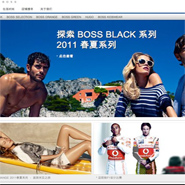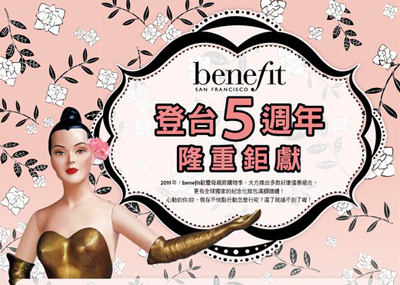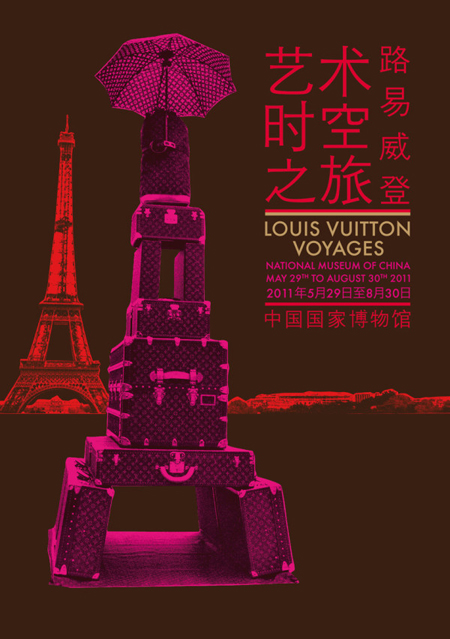
The number of affluent consumer households in China will increase by 52 million in the next decade, according to a study from the Boston Consulting Group. Six key trends that brands need to be aware of before they enter the expanding Chinese market place have emerged from the report in the areas of demographics and consumer needs. The study observed the spending habits of consumers ages 14-45 in urban areas throughout 2010. “China's rapid development in the past couple of decades has instilled a deep sense of upward mobility in most consumers' minds,” said Vincent Lui, one of the authors of the study and the managing director of the Boston Consulting Group's Hong Kong office in China. “For luxury companies, it will be important to consider the spending power in five to 10 years of current 20-25-year-olds as well as future 20-25-year-olds,” he said. “They will likely require different marketing approaches and product portfolios.” The Boston Consulting Group is a global consulting firm with offices in 32 countries that addresses business strategy issues. Born China Due to social and economic revolutions, the Chinese fashion market is on track to triple in size in the next 10 years, according to the study. Therefore, China should be a large focus for all luxury retail brands. In terms of demographics, there are three major shifts occurring in the Chinese market that brands need to mind when considering when and where to enter. Location must be taken into account when luxury brands are considering where, geographically, to enter the Chinese market. The second trend, spending, has primarily occurred in tier 1-3 cities, allowing the early brands to have a successful presence in only 462 cities. However, tier 4-7 cities are going to account for 60 percent of the overall fashion growth in the next 10 years. By 2020, brands will need to have a solid presence in 568 cities to reach the optimum potential of Chinese consumers, per the study. Additionally, spending by women is increasing, and will continue to do so. Spending on menswear is currently 46 percent of the total spending on fashion among urban consumers, while women’s apparel constitutes 54 percent. The gap will continue to increase as women gain more independence and higher incomes over the next 10 years. Most importantly, the majority of spending will be happening among 20- and 30-somethings. This is because these consumers were born after the 1980s and are generally more optimistic in terms of the economy than the generations before them, per the study. “We already see the younger generation spending a much higher percentage of their income on fashion and other luxury products,” Mr. Lui said. “They also have much more international exposure through the Internet and travel," he said. "So, we do expect the trend to continue.” In terms of Internet shopping, the study expects that the number of online shoppers in China will increase from 145 million in 2010, to 329 million in 2015. For instance, LVMH’s Benefit Cosmetics has already fully immersed themselves into China’s Internet industry through branded content (see story).


